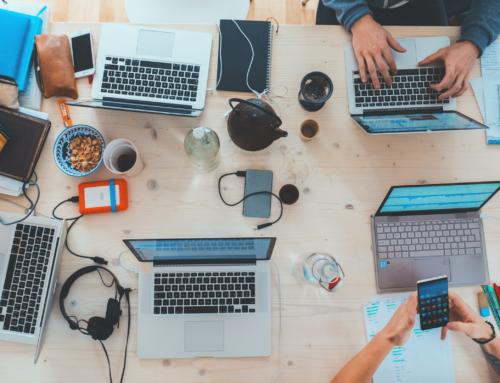For many young people, pornography has become the default sex educator. Children and young people are encountering pornography in greater numbers, at younger ages, and with a wider variety of content, influencing young people’s sexual lives.
Research evidence from around the world shows porn has harmful impacts on young people and adults alike. Some impacts are deeply troubling, particularly pornography’s contribution to sexual violence.
But with sexually explicit material still so easy to access online, there are ways we can minimise its harms among young people, from providing better education at school to developing more ethical porn.
The effects of porn: what the research says
Pornography can shift sexual interests, behaviours and relationships. It shapes “sexual scripts”, providing models of behaviour and guiding sexual expectations, with studies finding links between watching pornography and heterosexual anal intercourse, unsafe sex and more.
Watching pornography can lower men’s relationship satisfaction. And for women, male partners’ pornography use can reduce intimacy, feed self-objectification and body shame, or involve coercion into sexual acts.
But these next areas of impact concern me most.
Pornography teaches sexist and sexually objectifying understandings of gender and sexuality. For instance, in a randomised experimental study among young men in Denmark, exposure to (nonviolent) pornography led to less egalitarian attitudes and higher levels of hostile sexism. And in a longitudinal study among US adolescents, increased use of pornography predicted more sexist attitudes for girls two years later.
Pornography also teaches violent attitudes and behaviours to both adolescents and adults.
What’s more, meta-analyses – systematic research that synthesises multiple studies – from 2000 and 2015 have found associations between watching pornography and actual violent behaviours.
Aggression, largely by males and overwhelmingly against females, is common in pornography: an analysis of top-selling and top-renting titles found 88% of scenes showed aggression.
Men who use pornography more often are more likely to practise or desire dominant, degrading practices, such as gagging and choking. And women who use pornography are more likely to practise or desire submissive practices.
In fact, longitudinal studies among adolescents find watching pornography is linked to sexually violent behaviour later in life. In a US study, people who watched violent pornography were more than six times as likely to engage in sexually aggressive behaviour. In another, it predicted more frequent sexual harassment perpetration two years later.
But while pornography use is an important risk factor for sexual violence, its risks are greater for some users than others. Four factors mediate the impacts of porn: the user’s attitudes and personality, their engagement with the material, its content, and the context of watching it.
So what can we do to minimise the harms of pornography on children and youths?
Ethical porn and better education
Comprehensive sexuality education in schools is vital for providing alternative, age-appropriate content on sexuality.
Parents may worry that teaching in schools about pornography will encourage students to seek it out for the first time, but there is no sign this actually happens.
Curriculums on pornography can teach young people to respond more critically, helping them assess and respond to pornography’s influence. “In The Picture”, for instance, is a great resource for schools to help support young people navigate the seemingly ubiquitous sexually explicit material online.
Such efforts do work. In a Dutch longitudinal study, the more a young person had learned about the use of pornography from their school sex education, the less likely they were to see women as sex objects.
And in a US evaluation of a five-session curriculum, students showed positive changes in their pornography-related knowledge, attitudes and intended behaviours.
Other than education, we need better pornography. Some call this “ethical pornography” – ethical in its production, use and distribution, and content.
First, participants should have consented to their involvement and not be harmed. The unethical production of porn is common: 12% of males and 6.2% of females in Australia have taken a nude or sexual image of another person without their consent.
Ethical pornography also involves ethical use and distribution. People consent to its viewing, and cannot be distributed without participants’ consent.
But discussions of “ethical pornography” have largely ignored the issue of content – physical and verbal aggression is routine in pornography.
So we must also hold the pornography industries to account. They must produce better pornography, which eroticises consent, respect, and intimacy rather than sexist hostility.
Parents have asked me:
My son is looking at porn. What kind of porn should he be looking at?
Maybe we need a ratings system – the “Healthy Sex Tick of Approval”?
Even depictions of consensual sex may still perpetuate the sexual objectification of women and reinforce other sexist social norms. And in a sexist culture, even the most ethical images of sex may be understood in ways that affirm that wider culture.
Still, it seems pragmatic to give attention to what might comprise “better”, or at least “less worse”, pornography.
Michael Flood, Associate Professor, Queensland University of Technology
This article is republished from The Conversation under a Creative Commons license. Read the original article.
For more on this topic see P0rnography – What’s the Science by Dr Justin Coulson at our upcoming Mental Health & Wellbeing of Young People not-for-profit educational seminars. Details here>>





Leave A Comment